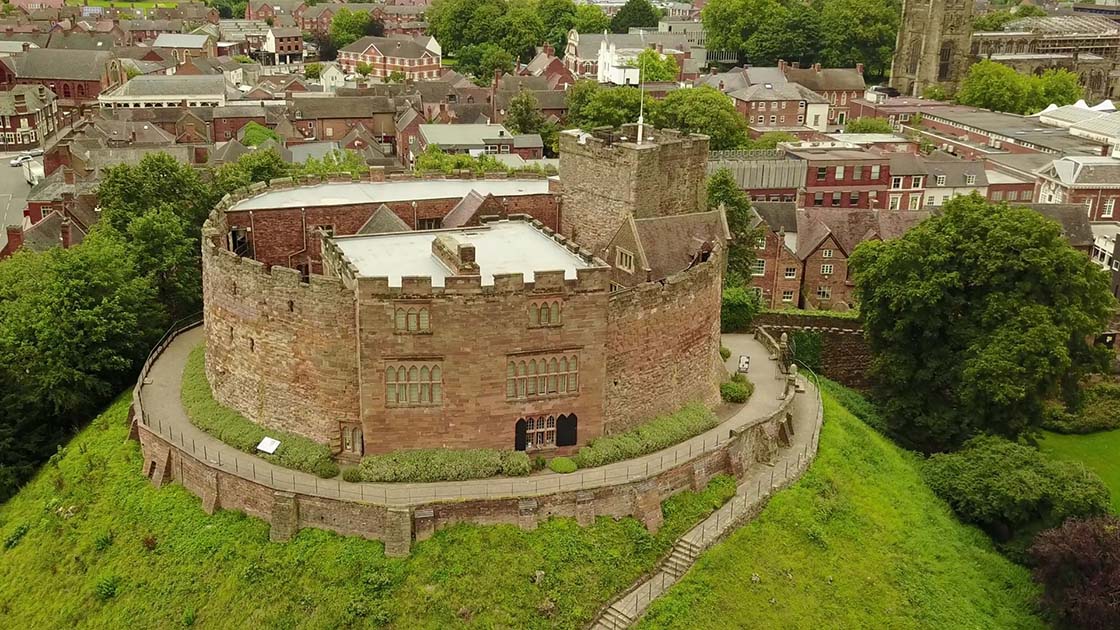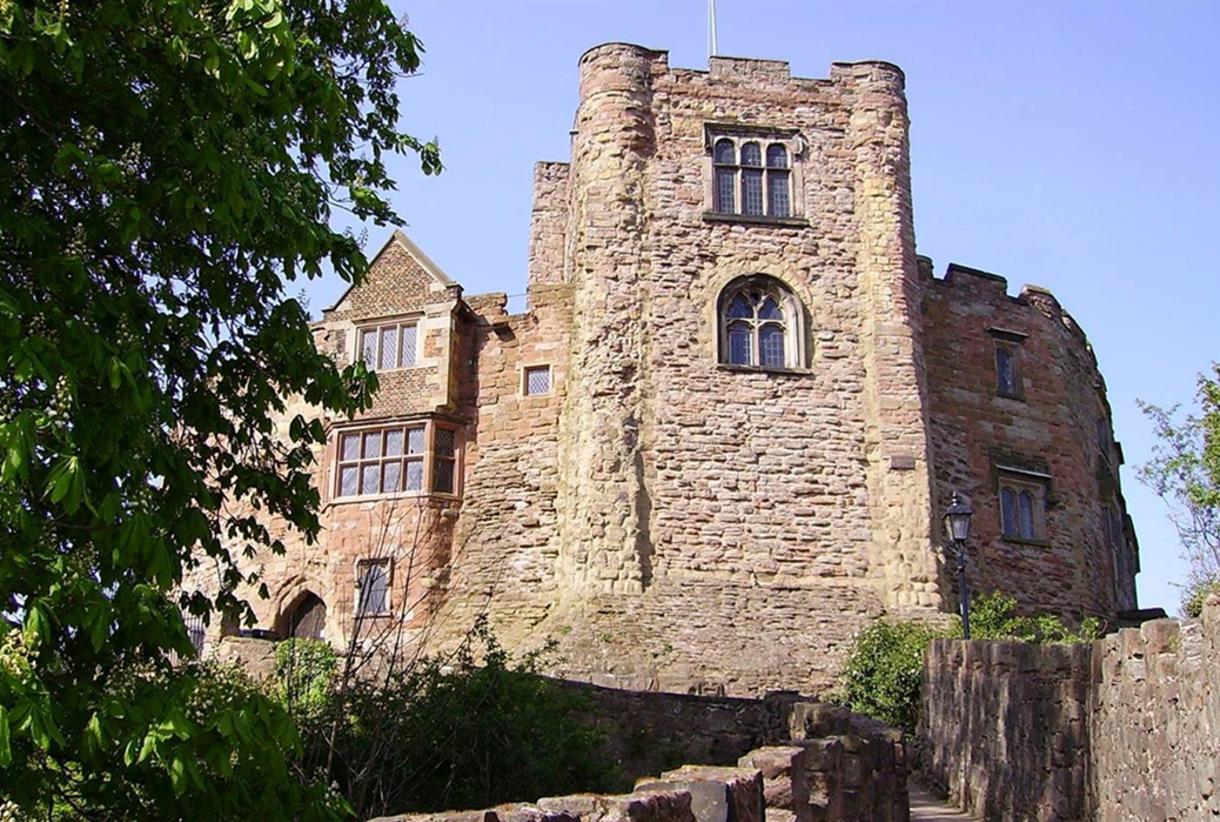Tamworth Castle
Tamworth Castle, an exceptional medieval stronghold, stands as one of England’s most well-preserved Norman castles. It is situated in the town of Tamworth, Staffordshire. This impressive fortress has been a key witness to the unfolding history of the region for over 900 years. Today, Tamworth Castle offers a fascinating glimpse into England’s past. The castle invites visitors to explore its rich historical legacy, enduring architecture, and unique role in shaping the local community.
Location of Tamworth Castle
Tamworth Castle is located in the town of Tamworth, which lies in Staffordshire. This area is part of the West Midlands region of England. The castle is strategically positioned near the confluence of the River Tame and the River Anker. These provided natural defenses that were crucial for its military significance throughout the centuries. Tamworth itself holds a key place in English history. It once served as the capital of the Anglo-Saxon Kingdom of Mercia. The town is easily accessible from Birmingham, located about 14 miles to the southwest. This central location makes it a popular destination for visitors. They are often interested in exploring the heritage of England’s Midlands.
The castle sits atop a motte, which is a large artificial mound. This affords excellent views of the surrounding area. The adjacent grounds and the nearby Castle Pleasure Grounds offer an inviting space for leisurely walks. These provide a scenic backdrop to the ancient structure. This prominent location not only highlights its military importance in earlier times, but also enhances its status as a cultural landmark today.

History of Tamworth Castle
The history of Tamworth Castle spans multiple centuries. The castle’s origins trace back to the Norman Conquest of England. Robert le Despenser, a trusted companion of William the Conqueror, constructed it in the 11th century, shortly after the Norman invasion in 1066. As a motte-and-bailey fortress, it secured Norman control over the region. It also served as a defensive stronghold against possible uprisings from the Anglo-Saxon population.
Over the centuries, Tamworth Castle underwent many modifications. These reflected the changing needs of its occupants and the political landscape. During the medieval period, builders replaced the wooden fortifications with stone. They also made significant additions, including the Great Hall and the tower. The castle played an important role during the 15th and 16th centuries. It came under the ownership of influential families, such as the Marmions and the Ferrers. Both left their mark on its architectural and historical significance.
In the 17th century, the castle’s role shifted. It moved from a military fortress to a stately home. The Darcy and Comberford families later came into possession of Tamworth Castle. They undertook renovations to transform it into a comfortable residence. They added Jacobean buildings and gardens, enhancing the castle’s aesthetic appeal. Despite these changes, the medieval core remained preserved. Although no longer serving a defensive purpose, its historic significance endured.
Tamworth Castle’s role in the English Civil War of the mid-17th century cemented its place in the country’s history. It was held by Royalist forces. However, it was captured by Parliamentarians in 1643. Despite its turbulent past, the castle managed to survive. Much of its original character has been retained. Today, it offers a window into different periods of English history.

Current status
Today, Tamworth Castle stands as a well-preserved example of medieval architecture. It functions primarily as a museum and heritage site. They have carefully restored the rooms and towers, now using them to showcase the castle’s extensive history. Exhibits range from Anglo-Saxon times to the present day. The castle is open to the public and offers an immersive experience. Visitors can explore its many chambers, including the Great Hall, Tudor chambers, and Norman tower. Each room has been curated to reflect the era in which it was most prominent. Insight into the lives of the people who once lived and worked within its walls is provided.
In addition to historical exhibitions, Tamworth Castle is home to a variety of educational programs. The castle designs interactive displays to engage visitors of all ages. From hands-on activities for children to detailed historical presentations, it brings its past to life for modern audiences. It also regularly hosts special events, including medieval re-enactments and seasonal festivals. These add to the dynamic atmosphere of the site.
The surrounding grounds of Tamworth Castle continue to attract visitors, particularly the scenic Castle Pleasure Grounds. These offer beautiful gardens, open spaces, and recreational facilities. The grounds also host events, such as outdoor theatre performances and community gatherings. This enhances the castle’s role as a cultural hub within Tamworth.
Admission
Community features
Castle features
Video
Location
Official website
Featured listings














